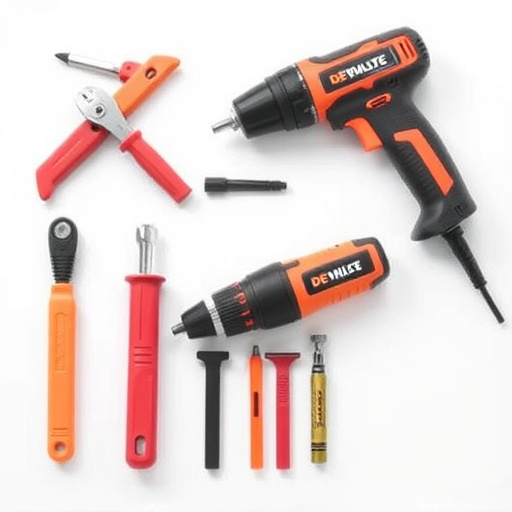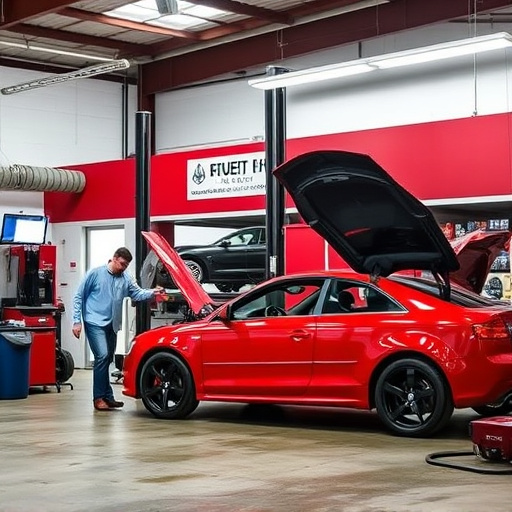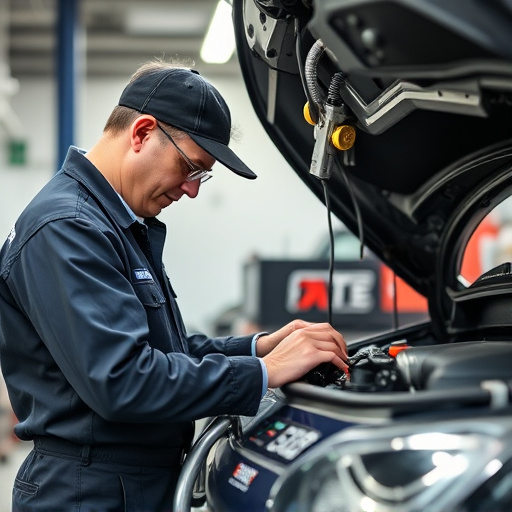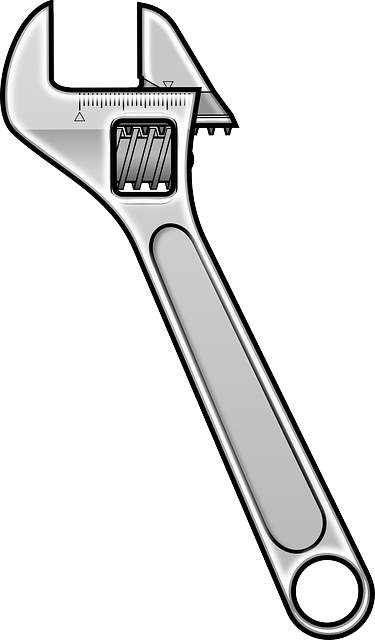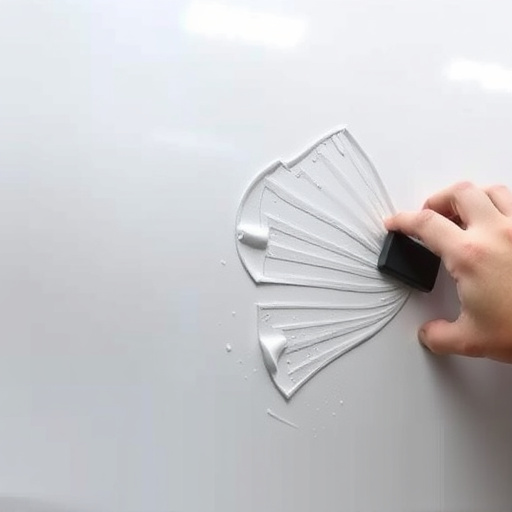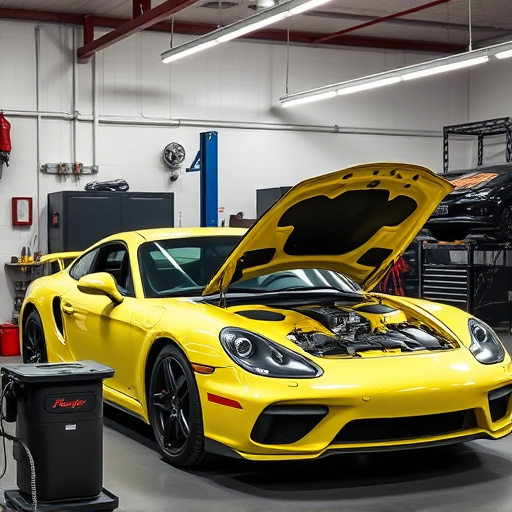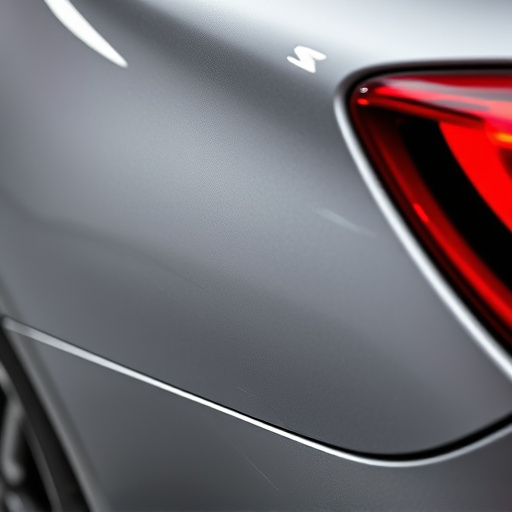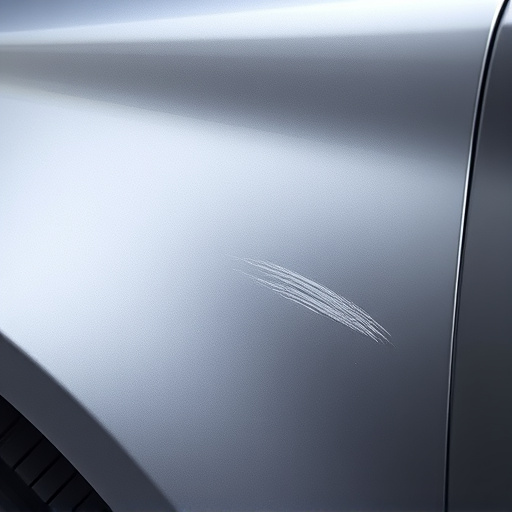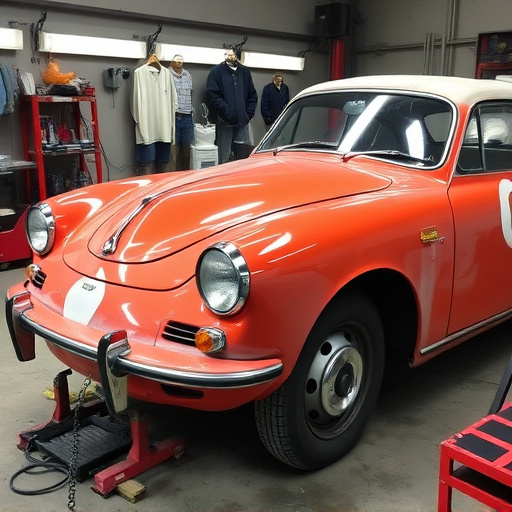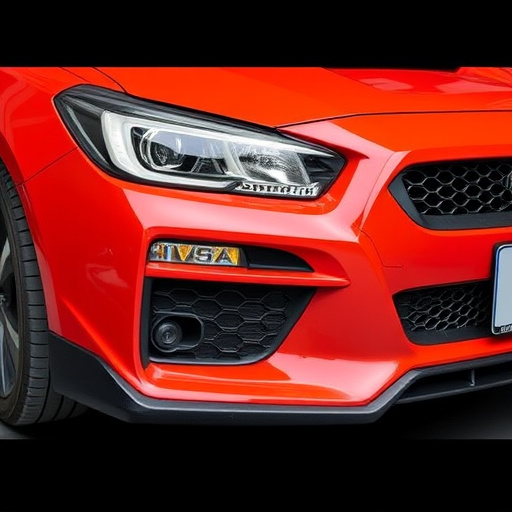After a Mercedes grille replacement, proper sensor calibration is crucial for vehicle safety and performance. Skilled technicians recalibrate sensors using specific tools and safety gear to ensure systems like adaptive cruise control and automatic emergency braking function correctly. Regular sensor resets are essential for optimal performance and safety after parts replacements, including Mercedes grille repairs.
After replacing a Mercedes grille, sensor recalibration is crucial to ensure optimal vehicle performance. This process is often overlooked but can significantly impact safety and efficiency. This article guides you through understanding sensor calibration after a grille swap, outlining essential tools and safety precautions. We provide a comprehensive step-by-step guide to resetting sensors post-Mercedes grille replacement, ensuring your car returns to its peak operating condition.
- Understanding Sensor Calibration After Grille Replacement
- Tools and Safety Precautions for Recalibration
- Step-by-Step Guide to Resetting Sensors Post-Mercedes Grille Swap
Understanding Sensor Calibration After Grille Replacement
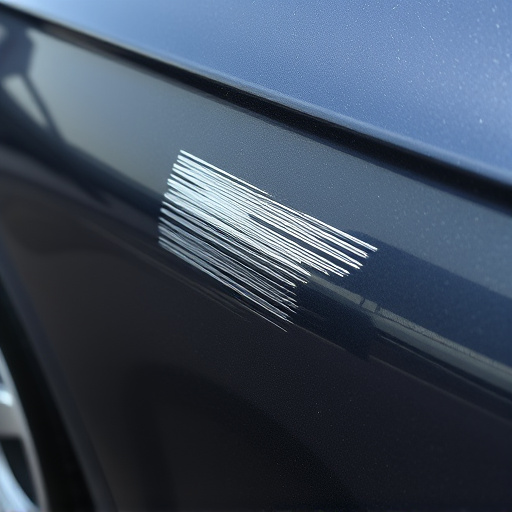
After a Mercedes grille replacement, understanding sensor calibration is key to ensuring your vehicle’s safety and optimal performance. When a new grille is installed, it can disrupt the calibrated alignment of various sensors crucial for systems like adaptive cruise control, lane-keeping assist, and automatic emergency braking. These sensors rely on precise data input to function correctly, and any misalignment could lead to incorrect readings and potentially hazardous driving conditions.
Therefore, following a Mercedes grille replacement, it’s essential to recalibrate these sensors as part of comprehensive fender repair or automotive restoration services. This process involves updating the vehicle’s computer with accurate sensor data, ensuring that all systems are working in harmony once again. Just like scratch repair on a car’s finish, sensor calibration is a meticulous task requiring skilled technicians to restore your Mercedes’ safety features to their full potential.
Tools and Safety Precautions for Recalibration
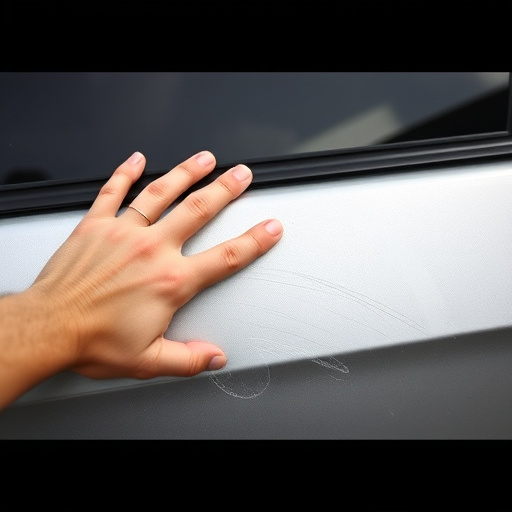
When it comes to recalibrating sensors after a Mercedes grille replacement, specific tools and safety precautions are essential. For this process, you’ll require a multimeter for voltage measurements, a diagnostic scan tool to retrieve codes and data, and possibly an infrared temperature gun for thermal imaging. Always wear safety gear like gloves and safety glasses to protect yourself from any debris or potential hazards during the auto repair near me.
Ensure your work area is well-lit and organized to facilitate precise adjustments. Before beginning, locate and identify all sensors related to the grille and its surrounding components. This might include temperature sensors, pressure sensors, or cameras involved in advanced driver-assistance systems (ADAS). Remember that incorrect calibration can impact not just the grille but also other functions like fender repair and car paint repair, so meticulous care is required throughout the process.
Step-by-Step Guide to Resetting Sensors Post-Mercedes Grille Swap
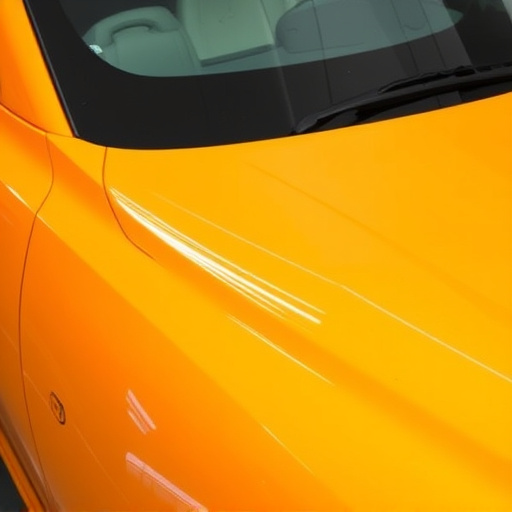
After a Mercedes grille replacement, resetting your car’s sensors is a crucial step to ensure optimal performance and safety. Here’s a step-by-step guide to help you through this process. Start by turning off the engine and allowing the vehicle to cool down completely. Then, locate the control unit (ECU) related to the replaced grille, often found near the engine bay. Unplug the sensor(s) connected to this ECU, taking note of their positions and any identifying markings.
Next, use a dedicated sensor reset tool or a diagnostic scanner to initiate the reset procedure. This will vary depending on your vehicle model, so consult your owner’s manual for specific instructions. Once the reset is complete, plug the sensors back into their respective ports, ensuring they’re properly seated. Finally, start the engine and check for any error codes or warnings using a scan tool. Regular maintenance and timely sensor resets are vital components of automotive restoration, particularly after parts like the Mercedes grille have been replaced, ensuring your vehicle continues to run smoothly and safely.
After successfully replacing a Mercedes grille, proper sensor recalibration is crucial for optimal vehicle performance and safety. By following the step-by-step guide outlined in this article, including using the necessary tools and adhering to safety precautions, you can ensure your vehicle’s sensors are accurately calibrated post-grille swap. This process is an essential part of maintaining a Mercedes’ advanced driver assistance systems (ADAS), guaranteeing both enhanced driving experience and road safety.
